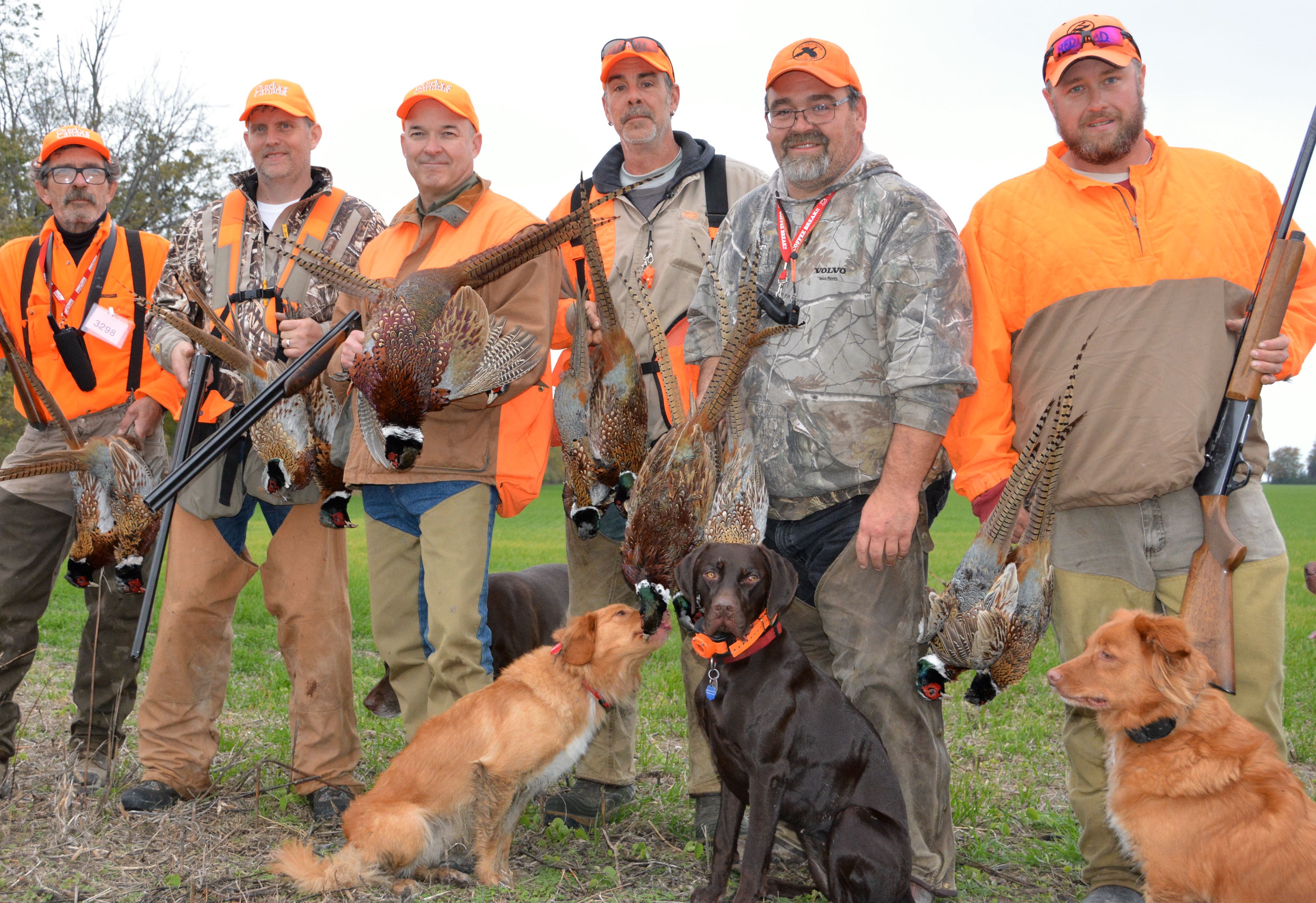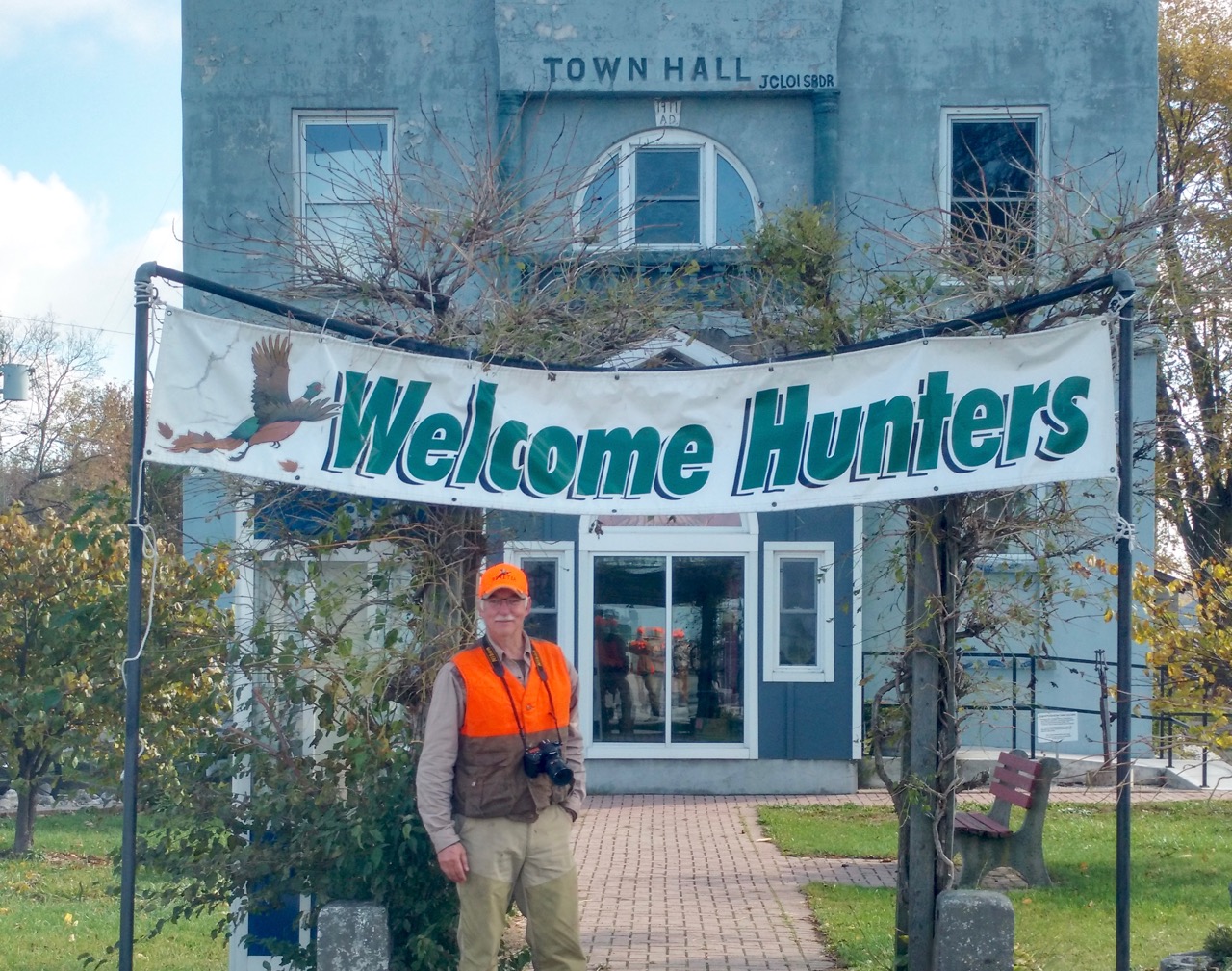Where ringnecks reign
Gun for pheasants in the middle of Lake Erie? For hunters in the know, Pelee Island is THE place to go
Advertisement
Think of Ontario’s Pelee Island and it’s likely that award-winning wines from the venerable Pelee Island Winery come to mind. If you’re an avid upland bird hunter, you’re probably also aware of this tiny island’s annual pheasant hunt— an award winner, as I discovered, in its own right.
Advertisement
Pelee is unique by many standards. A two-hour ferry ride from Leamington or nearby Kingsville, it’s the largest island in Lake Erie, though at only 41 square kilometres, it’s small from a hunting perspective. It’s also the southernmost populated place in Canada, its latitude equivalent to that of northern California. As such, the climate is among the mildest in the country. Taking advantage, a wine industry arose in the 1860s, collapsed in the early 1900s, then rose to prominence again in the 1980s.
There are only about 300 year-round residents, but there are also roughly 1,200 seasonal inhabitants, including renowned Canadian author Margaret Atwood. A revered destination in birdwatching circles, and with a reputation for hosting superb annual arts and music festivals, Pelee outpunches its weight on the tourism front. Within the hunting community, however, the island is lionized for its annual Pelee Island Pheasant Hunt.
Ringnecks were first introduced in the 1890s, with the inaugural hunt held in 1932. All these decades later, the island remains a bucket-list destination for those wanting to soak up the quaint, small-town atmosphere while revelling in the outstanding hunting. The locals are fully behind the hunt, from the “Welcome Hunters” banner hanging at the town hall to the regulations allowing hunters to hunt virtually anywhere on the island without having to first seek permission from property owners. There’s even a sign reading “Warning. No Hunting School Zone” alongside the township’s only school, a reminder to enthusiastic hunters to keep common sense about them.
Advertisement
Aside from grapes, the primary crops on the agriculturally dominated landscape are soybeans, wheat and corn. A quick drive around reveals the island is a matrix of open fields, hedgerows, vineyards and thick tree and brush cover, making for ideal pheasant habitat and more than enough challenge for hunters to keep it all interesting.


